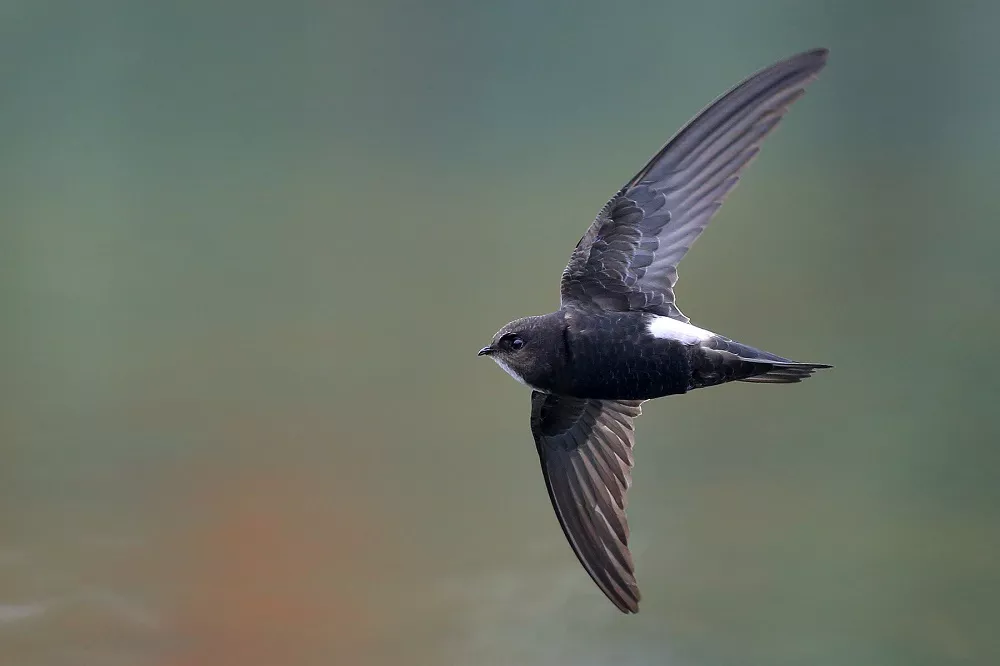Swifts are fascinating birds that are known for their incredible aerial abilities and migratory habits. These small, agile birds are found all over the world, from the Arctic to the tropics, and have been studied extensively by ornithologists and researchers. One of the most commonly asked questions about swifts is how long they live. In this article, we will explore the lifespan of swifts and the factors that can affect their longevity.
Introduction of Swifts
Swifts belong to the family Apodidae, which includes over 100 species of swifts and swiftlets. These birds are small, with streamlined bodies and long, pointed wings that enable them to fly at incredible speeds and maneuverability. Swifts are also known for their distinctive, high-pitched calls, which are often heard in the early morning or at dusk when they are most active.
Lifespan of Swifts
The lifespan of swifts varies depending on the species and their environment. In general, most swifts live between 4 and 10 years in the wild. However, some species have been known to live much longer. For example, the common swift (Apus apus) can live up to 20 years in the wild, while the white-throated needletail (Hirundapus caudacutus) has been recorded living up to 21 years.
Another species of swift with a relatively long lifespan is the Alpine Swift, which is found in mountainous regions of Europe, Africa, and Asia. These birds have been known to live up to 13 years in the wild, thanks in part to their larger hearts and more efficient respiratory systems.
The White-rumped Swift, which is found in South America, is another species with a long lifespan. These birds have been known to live up to 12 years in the wild, with some individuals even living into their teens.
Finally, the Purple Martin, which is found in North America, is technically a type of swallow but is often grouped with swifts due to their similar aerial abilities. These birds have been known to live up to 14 years in the wild, making them one of the longest-lived aerial insectivores in North America.
Factors Influencing Longevity
Several factors contribute to the longevity of swifts:
Flight Adaptations: Swifts have evolved a unique set of adaptations that enable them to spend most of their lives in flight. Their streamlined bodies, long wings, and efficient flight muscles allow them to cover vast distances while conserving energy. This constant movement and reliance on flight contribute to their overall fitness and longevity.
Migration Patterns: Swifts undertake remarkable long-distance migrations, often traveling thousands of miles between breeding and wintering grounds. This migratory lifestyle exposes them to diverse environments and resources, reducing the risks associated with localized threats and ensuring a more abundant food supply throughout the year.
Low Reproductive Rate: Swifts have relatively low reproductive rates compared to other bird species. They typically produce only one or two offspring per breeding season. This conservative approach to reproduction may allow individuals to allocate more energy towards their own survival and longevity rather than investing heavily in producing offspring.
Foraging Efficiency: Swifts are highly efficient aerial foragers, primarily feeding on flying insects. Their long, slender wings and agile flight abilities enable them to capture prey on the wing with remarkable precision. This efficient foraging strategy ensures a consistent and high-quality food source, contributing to their overall health and longevity.
Natural Predation and Environmental Threats: While swifts face predation risks from aerial predators such as falcons and hawks, their swift and maneuverable flight allows them to evade many threats. Additionally, their choice of nesting sites in high and inaccessible locations, such as crevices in buildings or cliffs, provides protection from ground-based predators. These adaptations help mitigate predation risks, contributing to their extended lifespans.
Conclusion
Swifts, with their incredible aerial prowess and migratory lifestyle, are known for their remarkable longevity among avian species. Their extended lifespans, ranging from 4 to 20 years and even longer, are a testament to their evolutionary adaptations and resilient nature. Factors such as flight adaptations, migratory patterns, efficient foraging abilities, low reproductive rates, and effective predator avoidance strategies all play a role in ensuring their longevity. Understanding the lifespan of swifts not only highlights the exceptional nature of these aerial masters but also emphasizes the importance of preserving their habitats and protecting the ecosystems that support their remarkable lives.


 Facebook
Facebook  Instagram
Instagram  Youtube
Youtube 